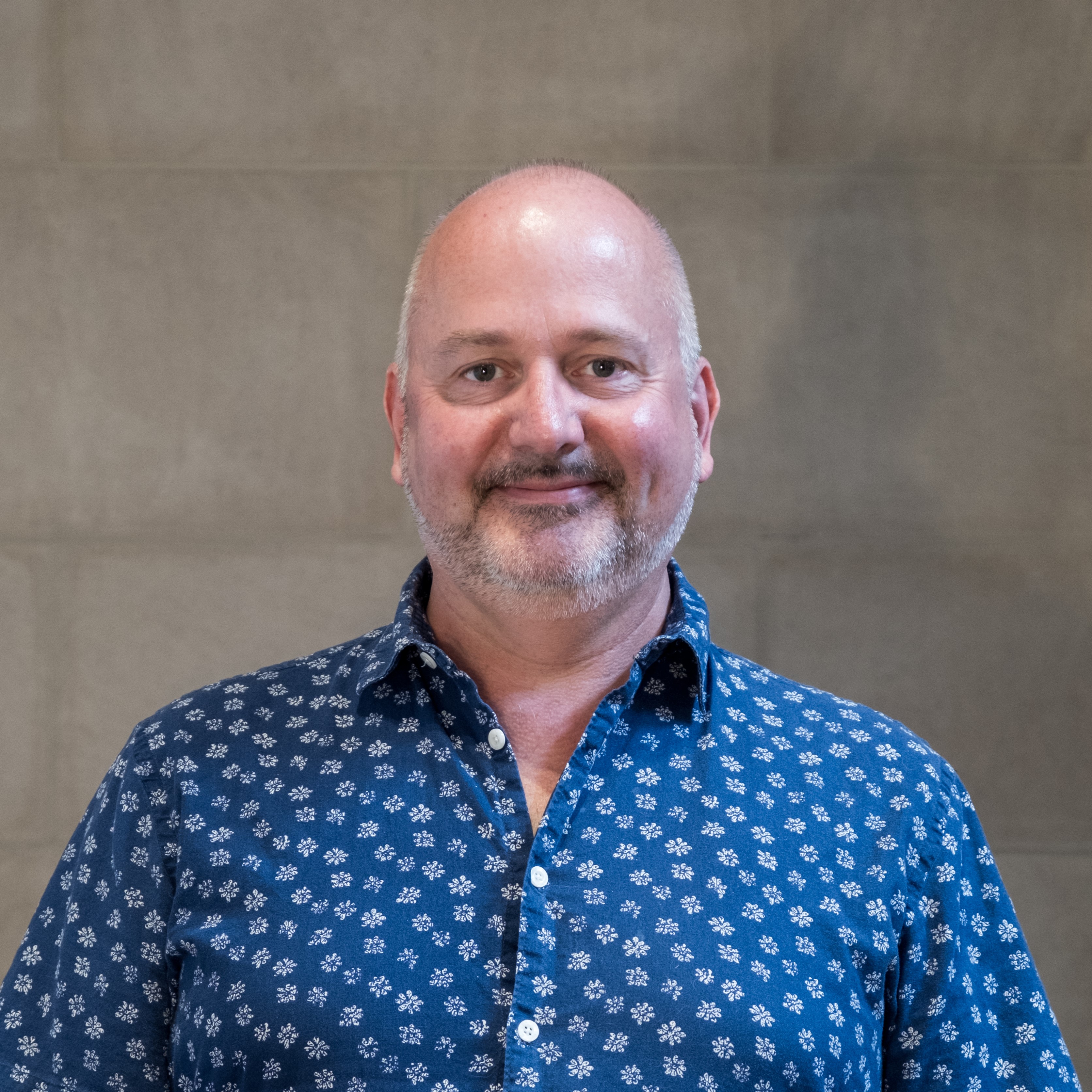Kevin Jones, Organist

Thursday, September 14, 2023, 4:11 PM
Kevin Jones, St. Paul’s Director of Music, will offer an organ recital on Sunday, October 1, at 4 p.m. in the Nave. Jones will highlight music by William Byrd, Nicholas Bruhns, J.S. Bach, and Maurice Duruflé
Program
I. On the Hradetzky
Praeludium in G Major Nicolaus Bruhns (1665–1697)
Third Pavan and Galliard from My Ladye Nevells Booke William Byrd (1539/40–1623)
II. On the Holtkamp
Passacaglia in C minor, BWV 582Johann Sebastian Bach
(1685–1750)
— Brief Intermission —
A free-will offering will be taken. All proceeds will benefit the Friends of Music. Thank you for your generosity.
Suite pour orgue, Op. 5 Maurice Duruflé (1902–1986)
i. Prélude
ii. Sicilienne
iii. Toccata
Please join us for a reception in the rotunda following the recital.
About the Performer
Read about our performer, Kevin Jones, on his biography page.
Program Notes
Nicolaus Bruhns (1665–1697) was born into a musical family in the Hanseatic region of Germany. He studied organ and composition with Dietrich Buxtehude and was known to have been one of Buxtehude’s favorite pupils. Buxtehude’s endorsement probably had much to do with the young Bruhns securing the post of organist of the Stadtkirche, Husum, in Denmark. His appointment by the town council was unanimous. He was known as a violinist and composer of chamber music, but none of those works survive. What we do have is four praeludia for organ, a highly-ornamented version of the Advent chorale Nun komm, der Heiden Heiland, and 12 sacred vocal cantatas in Italian style. The Praeludium in G Major follows the five-part praeludium style common in the organ works of Buxtehude. A flourishing beginning, followed by a brief, ornamented development, before a quiet imitative texture. This leads to virtuosic pedal writing followed by a chaconne-like development ending on the dominant. A final ornamented chordal section brings the work to a happy, triumphant close. It may not have the gravitas of the large E minor Praeludium, but it does have a youthful sparkle.
2023 is the 400th anniversary of the death of Tudor composer William Byrd. Byrd was a highly prolific composer who wrote instrumental music (The Fitzwilliam Virginal Book, My Ladye Nevelles Booke, free organ works, etc…) and a huge treasure of sacred motets, canticles, masses, and other secular choral works, nearly all of which were published in his lifetime. He lived during the birth of the Anglican church when Roman Catholics were hiding their religion out of fear of persecution or worse. Byrd was a Catholic, however he kept himself close to Queen Elizabeth’s good graces (by living in London) and seemingly avoided detection, thereby quite literally keeping his head. He wrote sacred choral music in English and Latin. Nearly 600 works survive. This Pavan and Galliard are a short pair that embody keyboard music based on the courtly dance forms for which they are named. While not specifically written for organ, many of these pieces written for virginal can be played quite convincingly on the organ.
Johann Sebastian Bach (1685–1750) wrote this Passacaglia during his Weimar period. In mid-July 1708 he was organist for the court at Weimar and took the theme for his passacaglia from a smaller work by French composer André Raison. Raison’s melody was four measures. Bach expanded this theme to eight, which, after its initial statement in the pedals, come 20 variations using the theme as a ground. After these complex variations, he crowned the piece with a virtuosic double fugue finally arriving, triumphantly, at a C Major chord after nearly twelve minutes of Baroque splendor.
Maurice Duruflé studied composition with Paul Dukas (of Sorcerer’s Apprentice fame) in Paris. He is listed in Conservatoire records as having been a composition student of Charles-Marie Widor, but is on record as saying that he never studied with Widor. Certainly, Duruflé’s harmonic language has more of an Impressionistic flavor than Romantic. Duruflé was through and through a church organist who immersed himself in Gregorian chant. We hear this in his Four Motets, Requiem, and Messe ‘cum jubilo’ clearly, but the organization and conservatism inherent in chant is present in all of his works. Duruflé was a careful composer. He published only seven organ works during his relatively long life (1902–1986). (Three works remained unpublished.) Likewise, his output for other media was very limited. Most likely this was because he was a perfectionist, rather hard on himself, and had deep doubts about his musical prowess. The French organist Marie-Claire Alain once described his musical persona as “a perfectly honest art…He did not seek to innovate; he was searching only to be sincere with himself.”
Dedicated to Dukas, the Suite, Op. 5, is his longest organ work and stands in three movements — a brooding Prélude in E-flat minor with a contemplative aria near the end; a plaintive, simple Sicilienne in G minor, with subtle harmonies reticent of the music of Ravel and Debussy; and a fiery Toccata in B minor. The Toccata, a tour-de-force for any organist, was never programmed by Duruflé on any of his numerous recital programs, nor did he ever record the work. He was known to dislike it intensely allegedly telling one student that he “should never play that.” That being said, it is hard to think of an organ toccata that is more French, more fiery, and more virtuosic than this one. It is safe to say that it’s a favorite of most organists and lovers of organ music.
Tags: Concerts
 Director of Music
Director of Music
 Director of Children and Youth Choirs
Director of Children and Youth Choirs
 Handbell Choir Director
Handbell Choir Director
 Sacred Music Intern
Sacred Music Intern
 Carillonneur
Carillonneur
 Organist/Choirmaster Emeritus
Organist/Choirmaster Emeritus
 Artist-in-Residence
Artist-in-Residence